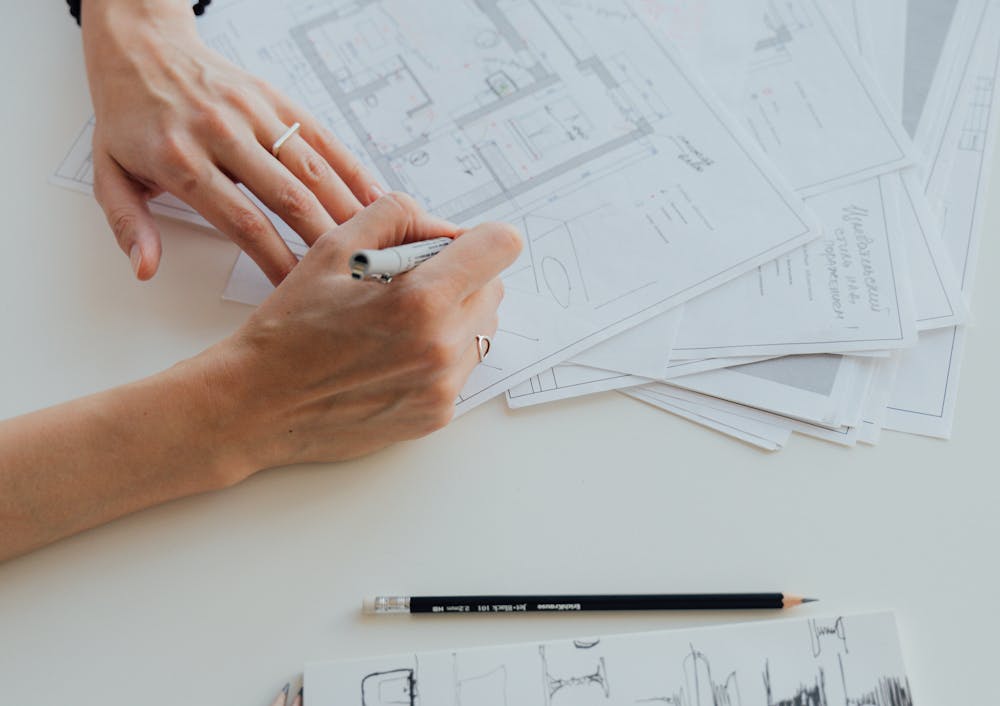The world of interior design is a combination of creativity, functionality, and meticulous planning. As a designer, your vision breathes life into a space, but translating this requires the right set of tools.
This article explores five key elements that will elevate your design process, from the initial planning stages to flawless execution.
Sketching
The power of putting pen to paper should never be underestimated. A good sketchbook is your playground for initial ideas, brainstorming layouts, and capturing client feedback.
Invest in high-quality drawing pencils, markers, and a comfortable surface to let your creativity flow freely. Sketching allows for a more intuitive and iterative process, encouraging a collaborative environment with clients who may not have a strong grasp of technical drawings.
Design software
CAD (Computer-Aided Design) programmes are key pillars of the interior design world. They allow you to create detailed floor plans, elevations, and stunning 3D renderings that bring your vision to life with ease and efficiency.
These programmes offer a range of features to cater to your specific needs. Beyond established players, the rise of Virtual Reality (VR) software is also worth exploring.
Such software allows for immersive client presentations, enabling them to virtually “walk through” their future space before any construction begins.
Measurement
Accurate measurements are imperative for a successful design project. While a reliable standard tape measure is a must-have, you should consider investing in a laser level for precise measurements, particularly when working with intricate layouts or uneven walls.
Rotary laser levels project a 360-degree horizontal plane of light, allowing for highly accurate readings across the entire room – a game-changer for ensuring perfect furniture placement and flawless built-in cabinetry.
Gone are the days of relying on multiple dimensions from different points – a rotary laser level streamlines the process and minimises the risk of errors.
Colour palettes
A keen eye for colour is essential, so ensure to invest in a professional-grade swatch library. These physical colour references provide consistency and accuracy when selecting paint, fabrics, and finishes.
Additionally, explore digital colour management tools to ensure seamless translation across different mediums, from your design software to paint samples.
With the growing popularity of sustainable practices, consider researching eco-friendly paint options that offer a wide range of shades and tones without compromising on quality.
Project management
Juggling multiple tasks can be overwhelming. Employing a project management system is crucial to stay organised. It allows you to track deadlines, manage budgets, collaborate with clients and contractors, and ensure a smooth workflow from concept to completion.
Many of these tools offer cloud-based solutions, allowing for real-time updates and seamless collaboration with your team, regardless of location.
Conclusion
Having the right equipment is important to execute your creative vision. By incorporating these into your design arsenal, you’ll be well-versed in tackling any project with confidence and precision, leaving your clients with spaces that are both beautiful and functional.

